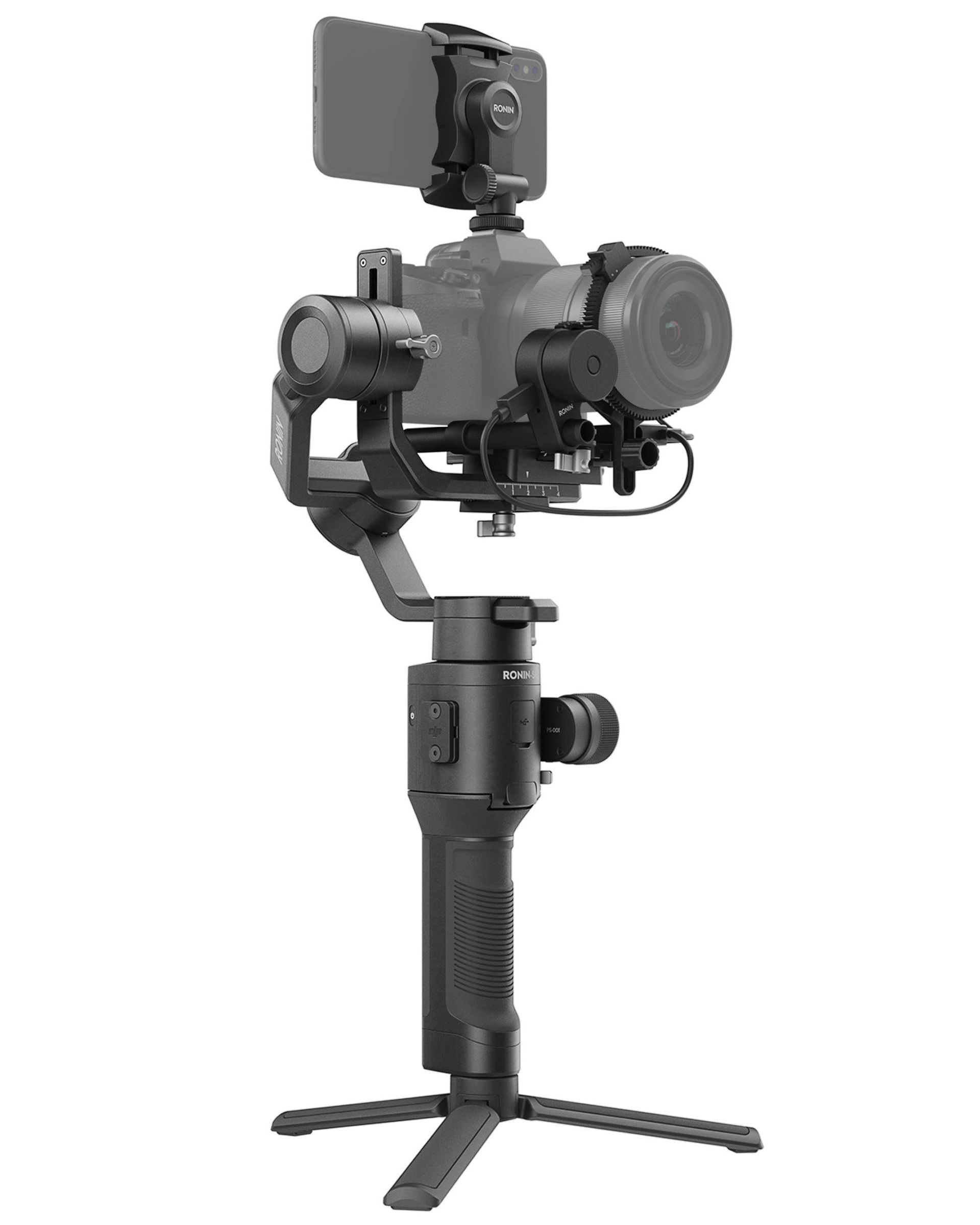What Is A Gimbal?
When shooting videos, one of the problems people struggle with is keeping the video steady. Sure, you could use a tripod to hold the camera while you shoot, but what if you’re moving around?
How do you ensure you get smooth shots even while running, jumping or battling high winds? The answer is a gimbal. If you’re wondering, what is a gimbal? It’s the big secret behind many of the unbelievably professional action videos you encounter online.
What Is a Gimbal Used For?
There are many different applications for gimbal technology. Here are some of the most common ones you should keep in mind:
Body Cams:
First-person shooting perspectives are insightful, but the constant shaking can distort the footage.Aerial Shots:
You might shoot these from a helicopter, after paragliding down a mountain or from your drone, but the shots can be really shaky and unclear.Action Shots:
Would you like to shoot videos while parkouring in the city or driving down a dirt road? Manually keeping the camera steady is virtually impossible in these situations.Selfies:
When doing selfie shots, it becomes difficult to hold the camera steady while pointing it at yourself, especially when moving around.
How Does A Gimbal Work?
In the old days of videography, producers had to hire cameramen to manually operate mechanical stabilisers. This was expensive and inefficient, so eventually, the process became digitised with the creation of gimbals. These devices included embedded sensors that detected movement and kept the camera floating in one position, no matter how the body it was attached to moved.
To achieve this, the gimbal must constantly move the camera to keep it in alignment. This requires simple movements determined by complex calculations. The three movements are known as the yaw, roll and pitch. Each one identifies what axis the camera spins on. Three-axis gimbals perform the three axes movements: tilt, roll and pan.
Popular three-axis gimbals include:

Why Use a Gimbal Head?
Gimbals are useful, but you might wonder whether you should invest extra money in this technology. In short, is it really worth it? With good gimbals often selling under a few hundred dollars, some people might argue that it’s a worthy investment for any ongoing video-making project you might have.
Here are the main reasons for using a gimbal head:
Remove the Shaking From Your Videos
Watching shaky videos can feel frustrating, especially if the picture quality is not clear. By keeping the camera steady, it often even gives the illusion of higher-quality video and faster shutter speeds, thereby improving the performance of your existing camera setup.Provide Flexibility for Videographers
If you hate shaky videos but do not have a gimbal, you are likely spending a lot of time planning out shots to ensure stability. Gimbal technology reduces the need for this by making it easy for you to essentially shoot as you go and create the same awesome result.Add a Professional Personal Touch
To keep things professional, people often shoot from a third-person perspective. Shooting from the first-person with a gimbal provides a more authentic experience for an audience without sacrificing the professional touch.

Are There Any Gimbal Add-Ons Worth Considering?
When purchasing camera gear, some people go out and purchase multiple pieces of equipment that do the same thing. This might work for some, but if you’re on a tight budget and have limited space, the more birds you can take out with one stone, the better.
With that in mind, here are some of the fascinating add-ons that can kick your gimbal up a few notches:
Object Tracking:
Want to leave your gimbal in one spot and not need to readjust it as you move around the room? You can purchase a gimbal that can follow faces or even a pet. Once locked onto its target, the gimbal will continue to follow it in a 360-degree range of motion.Auto Recording:
Some people prefer to edit clips instead of one long video. If you are short on space, this makes it easier to edit out the bloopers. If you have a clicker or set a timer, you can turn the recording feature on and off from a distance.Time Lapse:
These iconic shots are great whether you want to film the ocean from afternoon to sunset or a skyscraper from night to sunrise. To pull this off, you need a gimbal that has a long run time. Ideally, you might want to find one with a built-in time-lapse feature and a consecutive run-time of at least six hours.Deliberate Movements:
What if you want to move the camera on purpose to create a cool effect? You can purchase gimbals that let you move the camera around for some shots, causing it to pivot on any of its two or three axes.Invisible Selfie Stick:
If your gimbal has a selfie stick extension, try to find one that deletes the selfie stick automatically to create a floating camera effect. Some might still show a dark shadow in pictures however, so check the reviews.Tripods:
Gimbals are ideal for action shots, but that’s not to say you might not want to set it down in one spot for the entire shot. The last thing you want is to then need to look for a separate tripod at an additional cost, so find a gimbal that comes with one fitted.Drone:
Sometimes gimbals can attach to or come fitted to ground drones and flying drones. Don’t overlook the possibility of buying one of these instead of a hand-held option if it better suits the purposes you have in mind
C.R. Kennedy is one of Australia’s leading distributors of cameras and photographic equipment. We offer a wide range of gimbals, drone gimbals, action cameras. and more.
If you need more information on gimbals and other camera accessories, check out more articles on the C.R. Kennedy blog.

